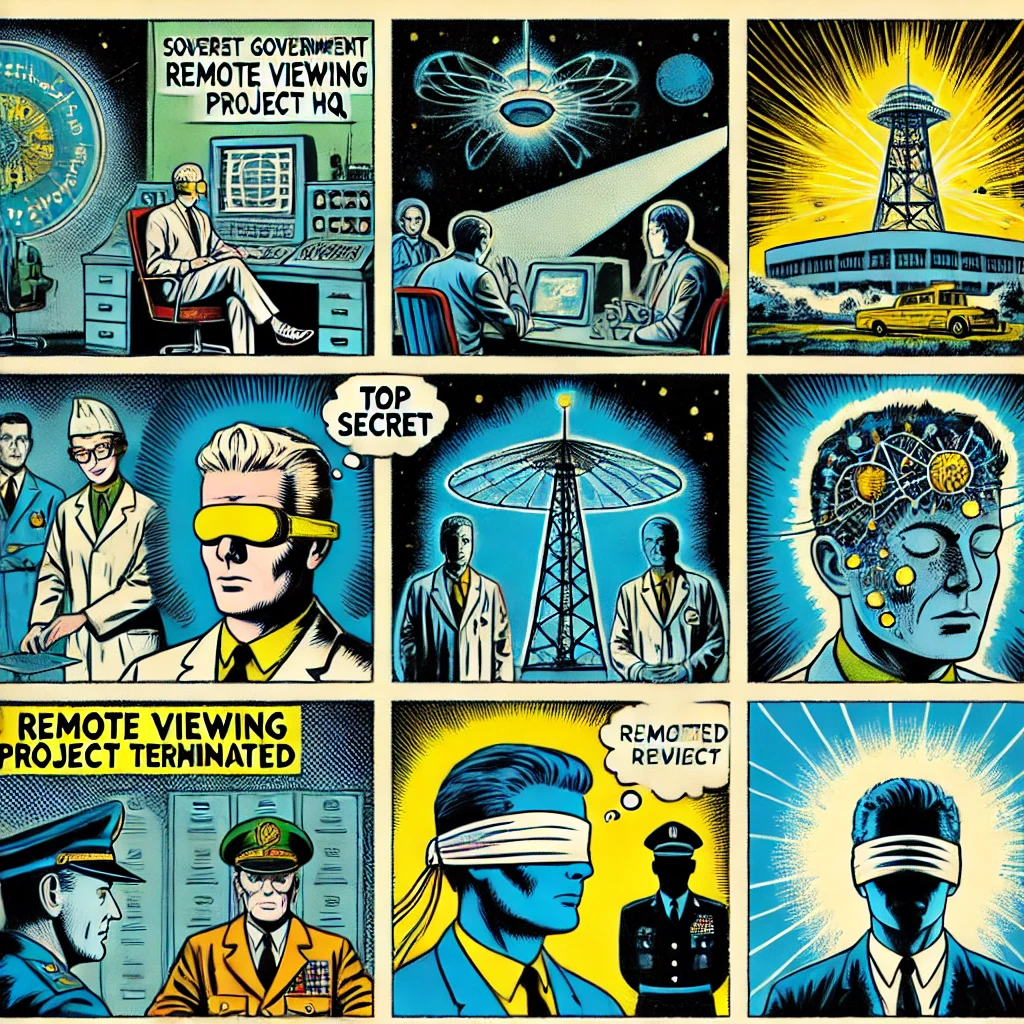Russell Targ on Stargate Psionics UAP and more
Russell Targ pioneered the Army’s Stargate Project, beat Wall Street with psychic predictions, and taught the Undersecretary of Defense how to remote view. He discusses remote viewing, psionics & UAP headlines, and explains machine-assisted brain-to-brain communication. Russell is the author of Third-Eye Spies: Learn Remote Viewing From the Masters
Russell Targ is a physicist, author, and pioneer in the development of the laser and cofounder of the remote viewing laboratory at Stanford Research Institute, which investigated psychic abilities in the 1970s and ‘80s. His work in the psychic area has been published in Nature, The Proceedings of the Institute of Electronic and Electrical Engineers (IEEE)., and the Proceedings of the American Association in the Advancement of Science (AAAS). Targ is the author or co-author of nine books dealing with the scientific investigation of psychic abilities and Buddhist approaches to the transformation of consciousness. As a senior staff scientist at Lockheed Missiles and Space Company, Targ developed airborne laser systems for the detection of wind shear and air turbulence. Having retired in 1997, he now writes books of psychic research and teaches remote viewing worldwide.
Russell Targ is a physicist and parapsychology researcher known for his work on remote viewing and the Stargate Project. In the 1970s, he collaborated with Harold Puthoff at the Stanford Research Institute (SRI) to investigate purported psychic abilities, including those of Uri Geller and Ingo Swann. Their research focused on remote viewing, a practice where individuals attempt to perceive distant or unseen targets using extrasensory perception. This work led to the CIA-sponsored Stargate Project, which aimed to explore potential military applications of psychic phenomena. However, the project was terminated in 1995 after failing to produce actionable intelligence. Critics have highlighted methodological flaws in Targ’s experiments, including issues with sensory cues and lack of proper controls, leading many in the scientific community to regard remote viewing as pseudoscience.
